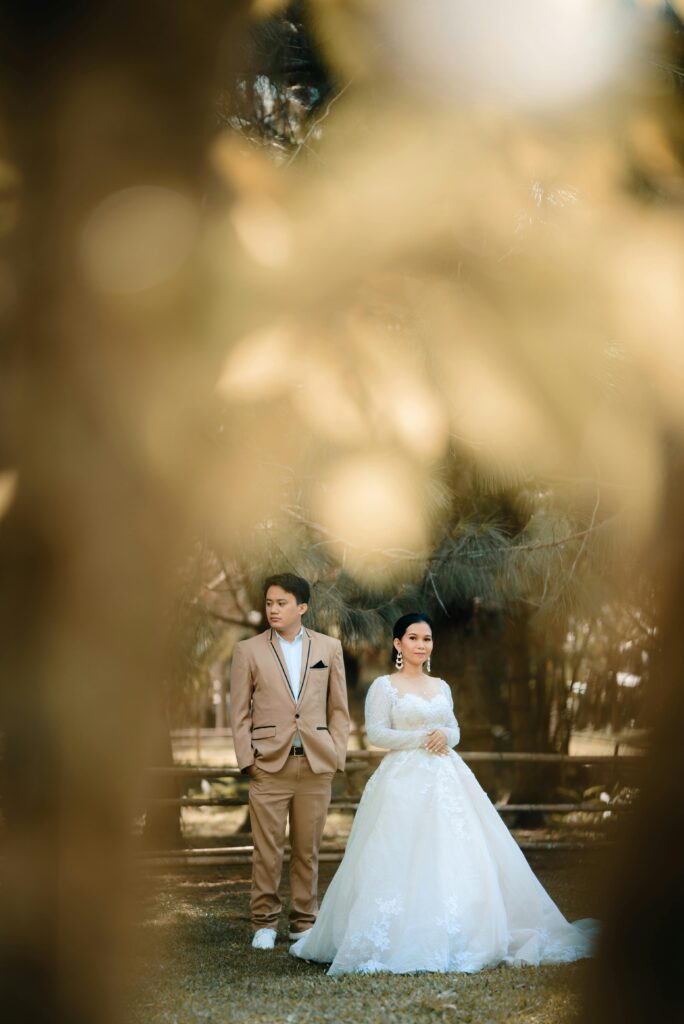
The Key to Understanding Attachment Styles
Have you ever wondered why you react a certain way in relationships? Or why some people seem more distant while others get too close too fast? Understanding Attachment Styles might be rooted in understanding the psychological blueprints that shape how we connect with others, especially in romantic and close relationships.
How to Understanding Attachment Styles
Attachment styles are patterns of behavior and thinking that develop in early childhood, often influenced by how caregivers responded to our needs. These patterns tend to carry into adulthood and can deeply affect how we approach love, intimacy, and conflict.
Psychologists generally group attachment into four main styles:
- Secure Attachment
- Comfortable with intimacy and independence
- Communicates needs clearly
- Trusts easily and creates stable relationships
- Anxious Attachment
- Craves closeness and constant reassurance
- Sensitive to signs of rejection
- May become clingy or overly emotional during conflict
- Avoidant Attachment
- Values independence over intimacy
- Struggles to open up or rely on others
- Often appears distant or emotionally unavailable
- Disorganized (Fearful-Avoidant) Attachment
- Struggles with both closeness and distance
- Fears rejection and intimacy
- Often feels confused in relationships and acts unpredictably
Why Does This Matter?
Knowing your attachment style can be a game-changer. It helps you:
- Understand your triggers and emotional responses
- Improve communication with your partner
- Break unhealthy cycles in relationships
- Choose better partners or become one yourself
Real Talk: Most of Us Are a Mix
Don’t worry—attachment styles aren’t a fixed label. Many of us have a blend or shift styles depending on the relationship or phase of life. The goal isn’t to judge, but to grow.
Can Attachment Styles Change?
Yes. Through self-awareness, therapy, and secure relationships, people can move toward a secure attachment style—even if they started out anxious, avoidant, or disorganized.
Final Thoughts
Your attachment style isn’t your destiny—it’s your starting point. The more you understand it, the better your relationships can become.
“You don’t have to be perfect to be loved. You just have to be present.”
